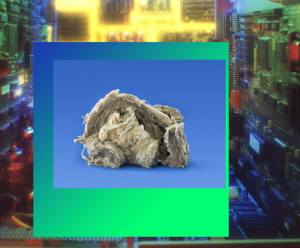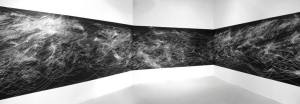As I wrote in a previous post about Building the Dream. ErAZ van was known as the Yeraz or the Dream. The term Yeraz or Yerazi is also used to refer to a Azerbaijani sub-group also. The Azeri people are a clan of Azerbaijani’s from Yerevan. The word itself can refer to those people who are not from Yerevan, I guess like myself though I am not Azerbaijani.
This interplay of words really draws me in as the idea of Yeraz which the people of Yerevan fondly refer the to ErAZ also has links to Azerbaijani clan that is predominate in Azerbaijani politics. To this day there is an ongoing war between Armenia and Azerbaijan. My thoughts keep reflecting on this now closed border between these two nations and the two countries with ancestry that is spread across these lands. The mobility of the ErAZ the Yerevan dream whilst the Yerazi a displaced clan that even though not in their birth land they are still dominant in their nations organisation. These are resilient dreams.





 I am drawn to the work of Tatiana Trouvé, the works seem strong and made with such precise intent yet delicate and respectful of the spaces they occupy. Trouvé exhibits a skill that I rarely see with a lot of artworks and that is touch, an ability to present works that are not over worked and stand on their own, not questioning why they were made. This subtle skill allow Trouvé to present works that fulfil a hunger I guess for me as an artist to see within other artists practices. Trouvé works intrigue and raise questions of their being and a desire to ask more. I am not sure I can ask for more from art work. The review by Andrea Gyorody in Artforum discuss’s some of the work in her first solo show at the Kunstmuseum in Bonn.
I am drawn to the work of Tatiana Trouvé, the works seem strong and made with such precise intent yet delicate and respectful of the spaces they occupy. Trouvé exhibits a skill that I rarely see with a lot of artworks and that is touch, an ability to present works that are not over worked and stand on their own, not questioning why they were made. This subtle skill allow Trouvé to present works that fulfil a hunger I guess for me as an artist to see within other artists practices. Trouvé works intrigue and raise questions of their being and a desire to ask more. I am not sure I can ask for more from art work. The review by Andrea Gyorody in Artforum discuss’s some of the work in her first solo show at the Kunstmuseum in Bonn.












































